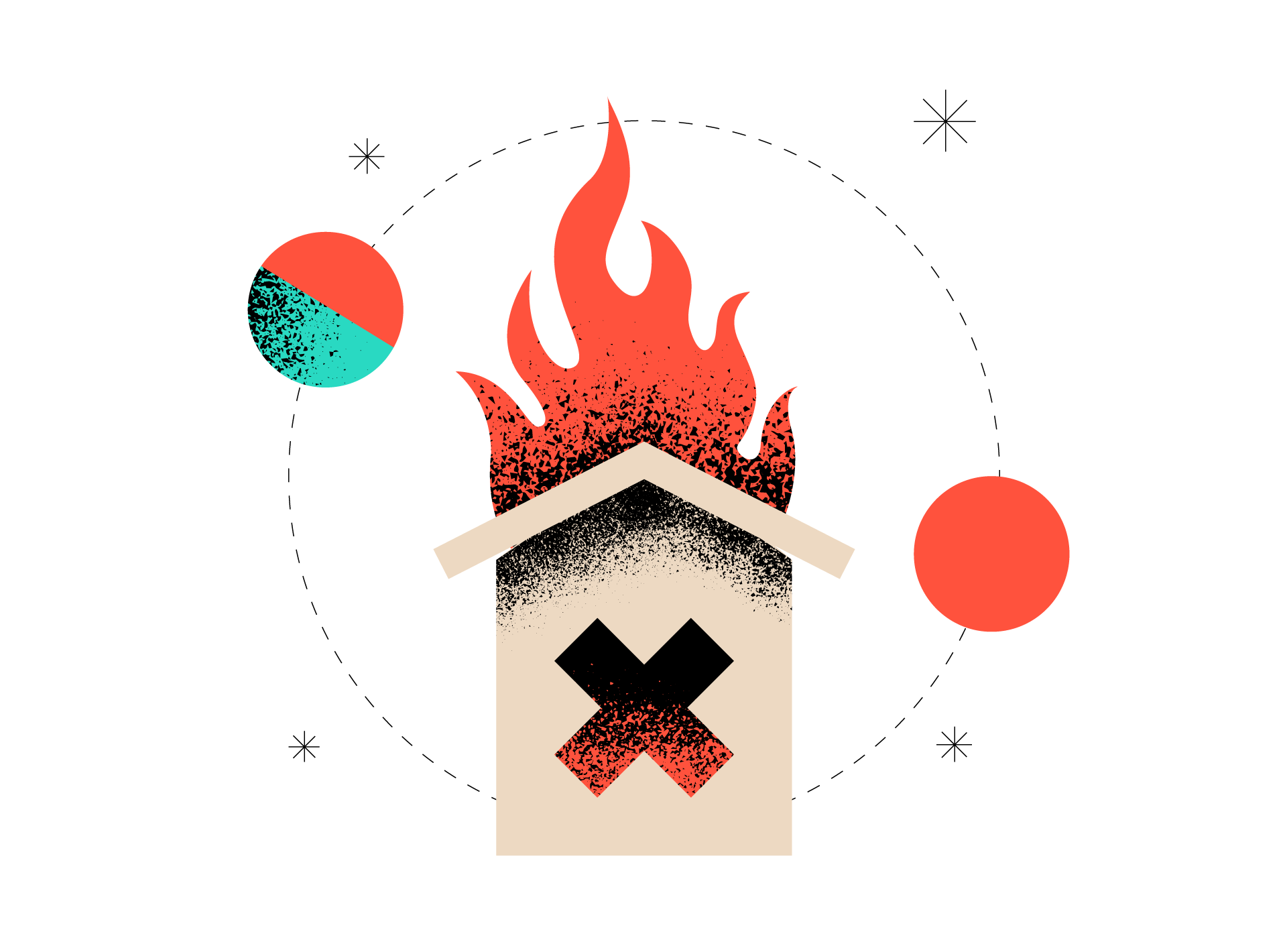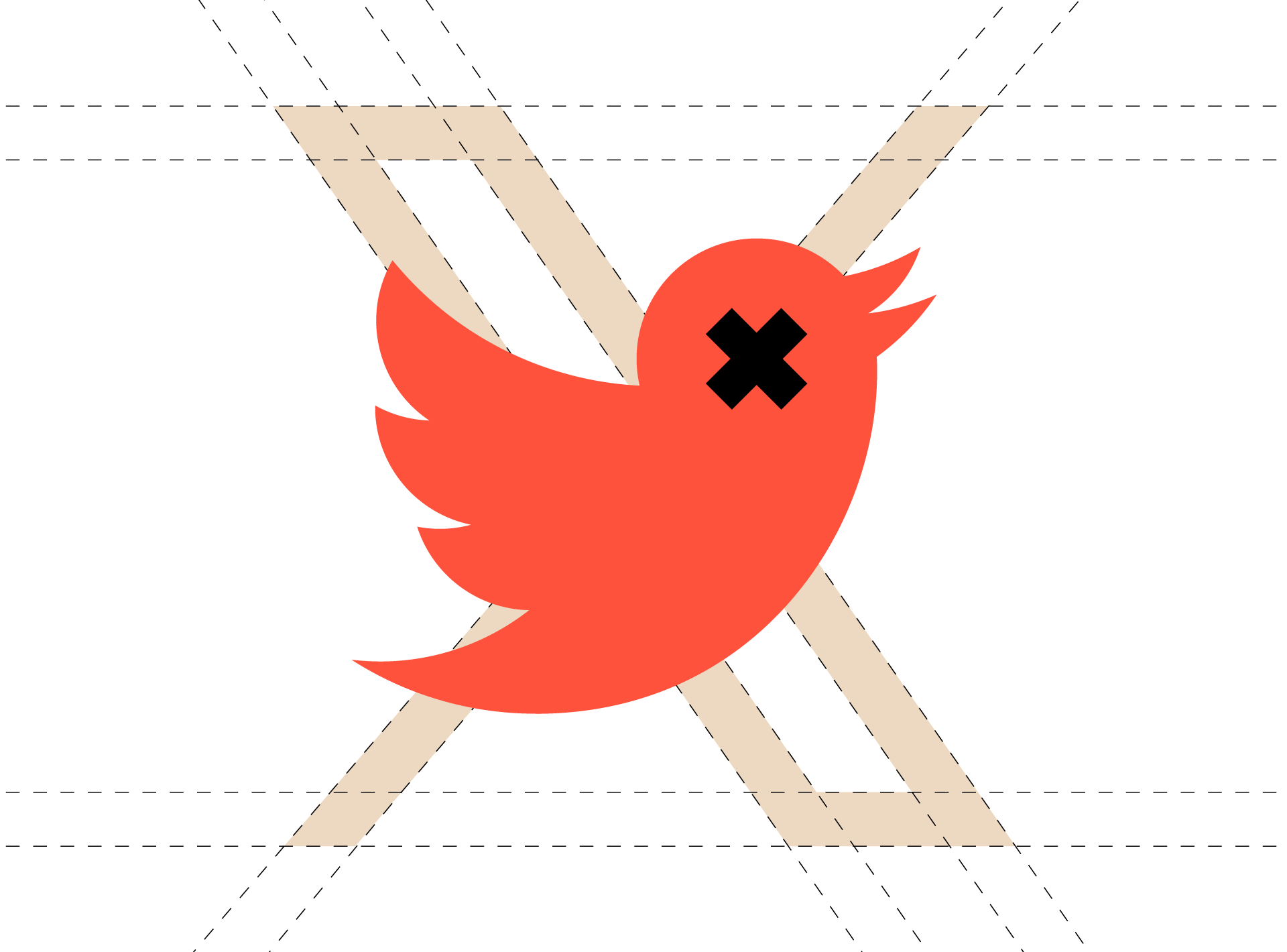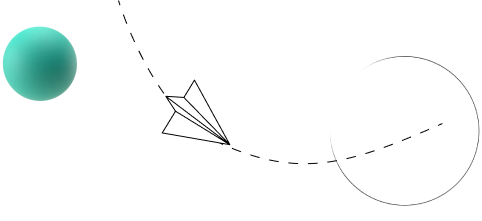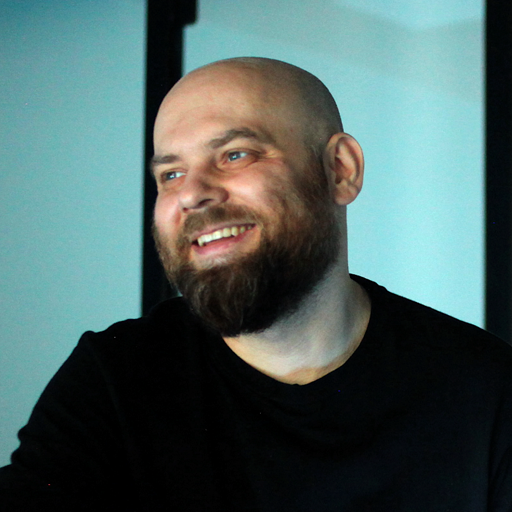Nowadays, it seems like everyone (and their cousins) has a solemn obligation to speak their mind on the subject of Twitter’s latest change into X. This is actually great: it proves that brand design is a relevant topic in our collective discourse and that it can be material for multiple passionate discussions within professional and personal circles.
We brand designers might as well enjoy this moment of validation, even though we understand that in every such instance the word “branding” is on everyone’s lips for all the wrong reasons. We are tempted to speak out, even knowing that our work is best done in silence and humble anonymity. We understand that brand design doesn’t always quite fit into the easily digestible journalistic formats we force it into and that it is rarely as flashy as it is presented to the general public.
Brand design is an art form where we are often required to balance unglamorous complexities, moral and aesthetic settlements, vocational technicalities, rivaling political narratives, discordant cultural interests, and the attention of outside influences that can distract us from the goal at hand.
Seeing that most of the ongoing Twitter discussions are comprised of a standard subjective boo!/yay! set of reactions meant to either discredit billionaires who seem lost in their own worlds or argue for misunderstood genius, I’ll do my best to refrain from letting my own biases veer the conversation in one way or the other and focus on its one particularly important aspect: progress.
The irony is that Twitter remains the ultimate hotbed and lightning rod for progressing and documenting its own brand transformation. What we’re witnessing is culture and brand design overlapping right in front of us; to paraphrase Otto von Bismarck: brands are like sausage. It is best not to see them being made, especially on increasingly divided and verbally violent social media platforms.

The entire process is messy, and full of drama, with numerous conflicts ranging from slapstick to nuclear, dissonant egos, dead ends, design conundrums, and legal issues that need to be resolved for users to consume, digest, and finally move on with their lives, preferably with the app not being deleted from their plentiful devices.
The lesson we can all learn from the above is: branding, especially rebranding, can become a spectacle, a subject for limited series of documentaries and fictionalized tv shows full of intrigue, witty dialogues, larger-than-life personalities, and insights regarding our own beliefs about technology, the way we exchange opinions and relate to others, what brands should be, and finally: how brands interact with the real people who actually use and control them.
This last question is what I wanted to have a closer look at in this post. Not the logo, as consumers can get used to almost anything, subjected to appropriate pacing and worthy distractions. Not the supposed change in Twitter’s brand positioning, as it seems that Elon Musk’s ambitions for the app are getting ever bigger even as its user base and ad revenue dwindles. Not even the tasty hot gossip, although the story has so many bizarre plot points they could fill an entire season of Silicon Valley, even just after a week since the rebranding announcement was teased by Musk via his account.
These are all tiny (but not insignificant from branding mechanics, legal, and political standpoints) details that lead to a larger cultural phenomenon, one we’ll be witnessing more in the future: the phenomena of brand interference. You can look at the entire story as a conflict between two brands: Twitter’s corporate identity and Elon Musk’s own, personal brand. These two very different entities were destined to clash since the app changed hands in 2022, and when they finally did, the interference got as real and intense as any case study from our branding textbooks.
When done right, personal branding seamlessly integrates products with a public construct we call “a character”. Up until now, Elon Musk’s character allowed the public to read his actions as rebellious yet responsible, brazen yet thoughtful. Elon Musk was the unyielding visionary, the selfless genius who abandoned his worldly possessions to push tech solutions that would change the world– a small sacrifice when compared to humanity’s chance at having a future.
The narrative seemed clear and was best summarized in Star Trek: Discovery, The Butcher’s Knife Cares Not for the Lamb’s Cry. In this now-famous episode, Captain Gabriel Lorca tries to convince Paul Stamets, the Chief Engineer aboard USS Discovery, to use his experimental propulsion system to repel the enemy invaders currently bombarding a crucial civilian mining outpost. The maneuver, though dangerous for the crew, could save countless lives (not to mention the Federation’s economy) and pioneer a new era of space travel.
The chief engineer, though, isn’t convinced by the fiery captain. And so Lorca deploys a motivational speech that seems to stir something within the young engineer/scientist. “How do you want to be remembered in history?” asks the captain. “Alongside the Wright brothers? Elon Musk?”
There’s only one choice: when human life and progress are at stake, taking a hazardous leap of imagination sometimes is the only way to go. In the show, the risk pays off. The outpost is rescued. The colonists, having rushed out of their space mine, look up into the dark sky, calming themselves after an epic battle, and ask, “Who saved us?”

Well, it had to be someone simultaneously courageous (like Captain Lorca) and brilliant (like Chief Engineer Stamets), both characters paying homage to the genius whose fingerprints can be seen all over today’s world as mission-driven brands like Tesla, Hyperloop, Neuralink, OpenAI, and SpaceX – someone exactly like Elon Musk.
Someone also now known as the guy who overdosed on Twitter’s attention economy business model.
To paraphrase Nietzsche, if you’re using Twitter, Twitter is also using you. Even more so if you reach over 150.500.000 followers and tweet at least once an hour on average (yes, this is a real stat).
The interference here runs both ways. As Twitter’s legal owner, Elon Musk can change the logo, but as a brand that has been proven to actually alter our brains’ chemistry, Twitter can change Musk’s personal brand in turn.
Elon Musk is literally living and performing on his own digital platform and has been using it to do almost everything (firing and rehiring his staff, announcing his multi-billion dollar business decisions, influencing world politics/markets) for years.
We won’t get another Twitter, but we also won’t get another golden-era Elon Musk. And although both brands share a narrative, they’re both in radical opposition, trying to leverage and resist each other’s influence.
What’s the lesson here? Absorbing and entertaining as it is, full frontal rebranding conducted on the fly rarely works. Getting back to that fateful conversation between Captain Lorca and Chief Engineer Stamets after they nearly kill themselves and burn their ship by teleporting it into a random star: “I warned you, captain. Time is an essential component of science”.
And even though the crew of USS Discovery emerges victorious and saves the day, sadly, the rules of science fiction don’t apply to branding.
What we’re witnessing is not a story about the shift of branding paradigms (from laborious to legendary). In the war between Twitter and Elon Musk, we all lose. Branding, particularly rebranding, remains a data-based discipline, cultural craftsmanship at its finest – thoughtful, controlled, and exact.
Yes, branding is about making change, but in equal measure, it is about why, when, and how this change should be conducted. Ignoring the power of brands, disregarding (or just being unaware of) their influence over our thoughts and actions leads to stories of unsalvageable waste, and grandiose intentions lacking sensitivity, constraint, or awareness.
As brand designers, inventing the car is only a part of our work. We’re also trained to foresee traffic jams, roadside accidents, and the need for seatbelts. So, yes, Twitter is now a cautionary tale for many reasons, not the least of which is that when two brands are operating at odds, both may be damaged irreparably. The attention economy will move on, but Twitter will remain the brand that once was.
Are you interested in more articles about rebranding? We encourage you to read the rest in the Brand on Stand series: Skoda rebranding, Buick’s new logo, and Skanska rebranding. Make sure to also download our rebranding checklist to find out whether it’s the right time to refresh your brand.




